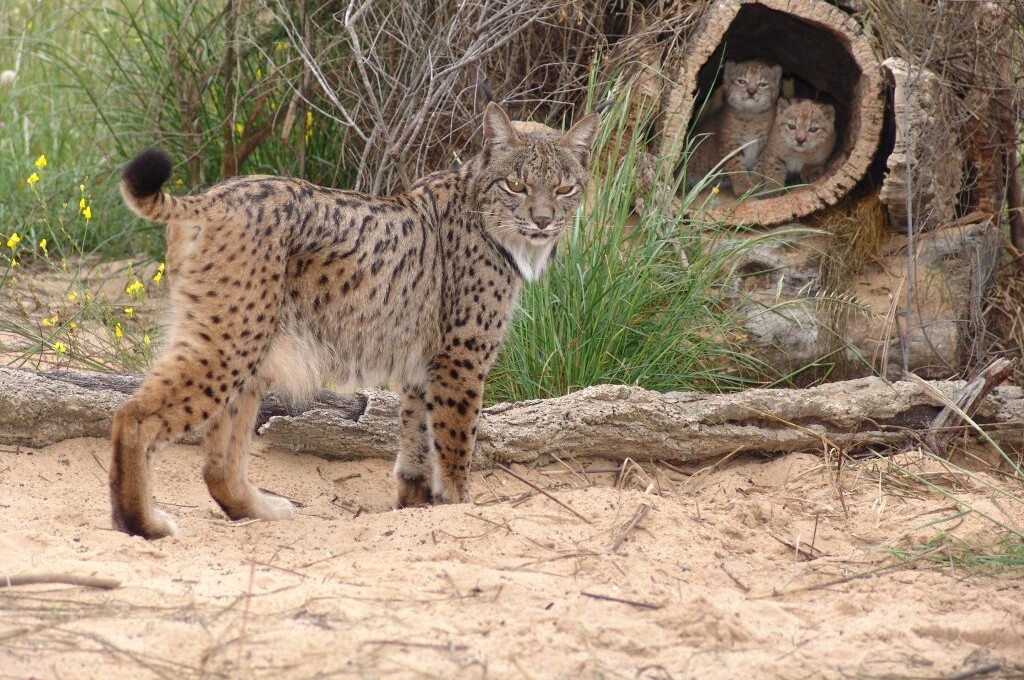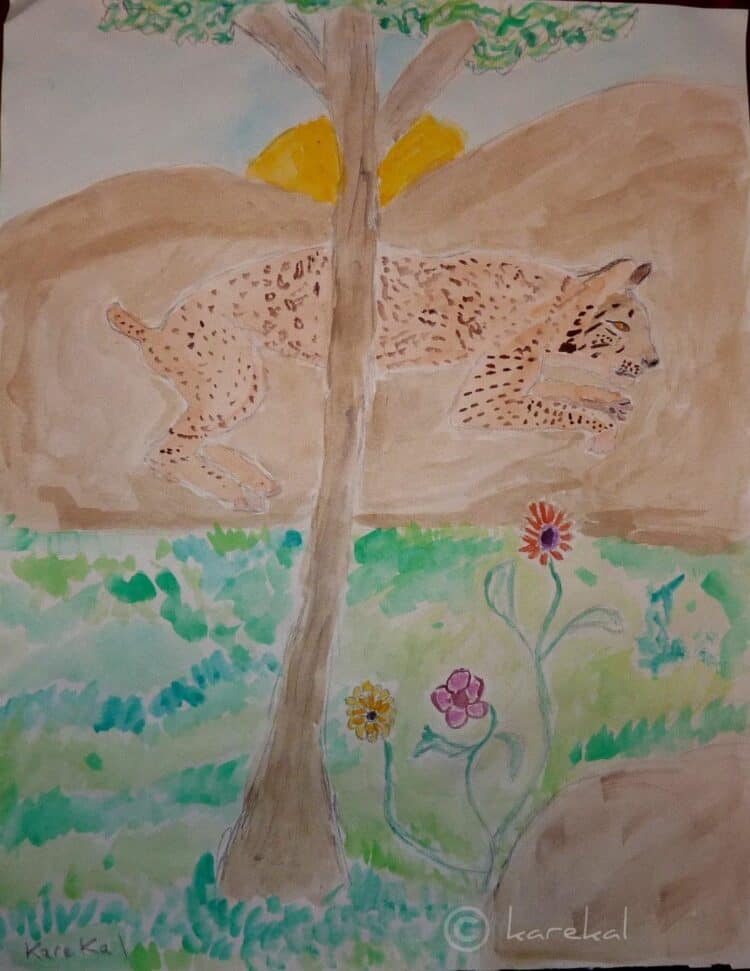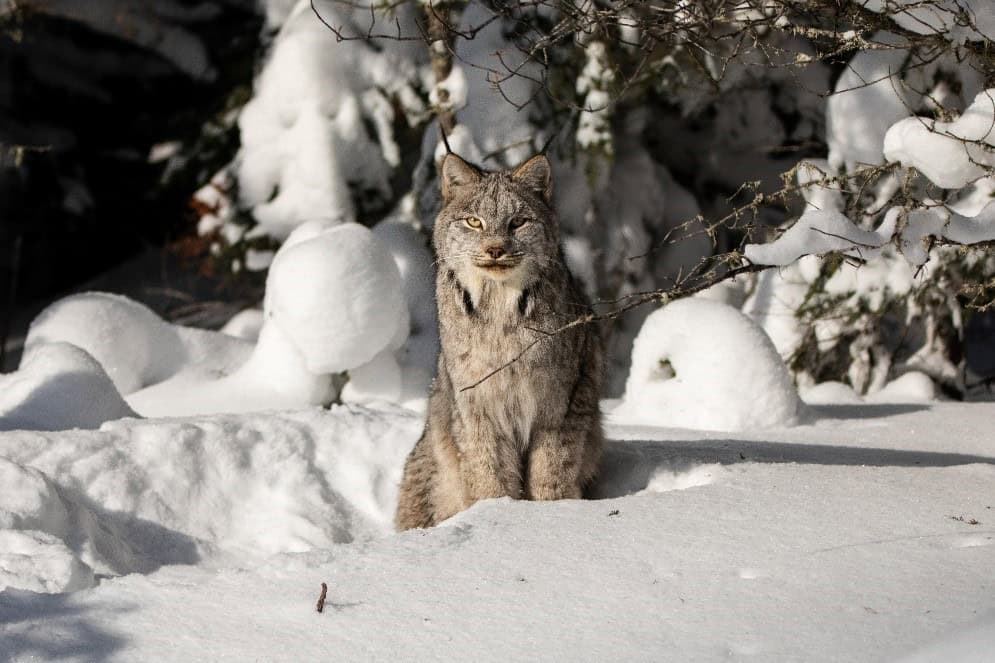The greatest feline conservation success story isn’t the doubling of the world tiger population, nor the rescues of the Amur tiger and Northern lion from falling into the abyss of biological history—it’s the comeback of a lynx species on the Iberian Peninsula.
This scrawny, mottled cat with characteristic pointed ears and tufts of fur all over its face and feet has grown from 62 individuals counted in a 2002 survey to around 2,000 in the latest estimates.
For a beast that ranges across the rarely wild countries of Spain and Portugal, it’s a remarkable achievement that has come from the work of many individuals.
“The greatest recovery of a cat species ever achieved through conservation (…) is the result of committed collaboration between public bodies, scientific institutions, NGOs, private companies, and community members including local landowners, farmers, gamekeepers, and hunters,” Francisco Javier Salcedo Ortiz, who coordinates the EU-funded LIFE Lynx-Connect project, said in a statement.
The collapse in the Iberian lynx population coincided with a fall in the population of the European rabbit, their main food source, as the latter was persecuted for the damage it caused to agriculture.
Restoring the rabbit population was coupled with habitat restoration and breeding programs for the lynx.
Groups like the IUCN also worked closely with ranchers and landowners to help get them onside with the idea of recovering and protecting the lynx, further reducing their deaths from poaching, reprisal killings for taking livestock, and roadkill.
Since 2010, AP reports that more than 400 Iberian lynx have been reintroduced to parts of Portugal and Spain, where over 600 adult lynx are now raising cubs and roaming across over 1,200 square miles.
As a result of all this coordinated work, a recent update to the IUCN Red List saw the animal lowered from ‘Endangered’ to ‘Vulnerable’—and only just vulnerable at that.
The only thing keeping the world’s leading conservation organization from declaring the lynx a species of ‘Least Concern’ is the lynx’ vulnerability to sudden threats, including wildfires, a dramatic drop in the rabbit population which can happen through disease, or a sudden rollback in any of its existing protections.
This article by Andy Corbley was first published by The Good News Network on 21 June 2024. Lead Image: credit – LIFE project NAT E 008609, Lynx pardinus, European Environment Agency.
What you can do
Help to save wildlife by donating as little as $1 – It only takes a minute.







Leave a Reply